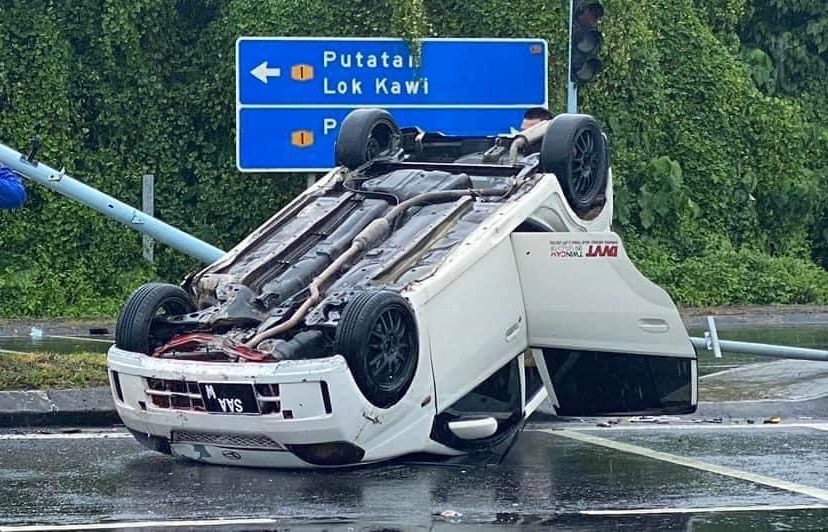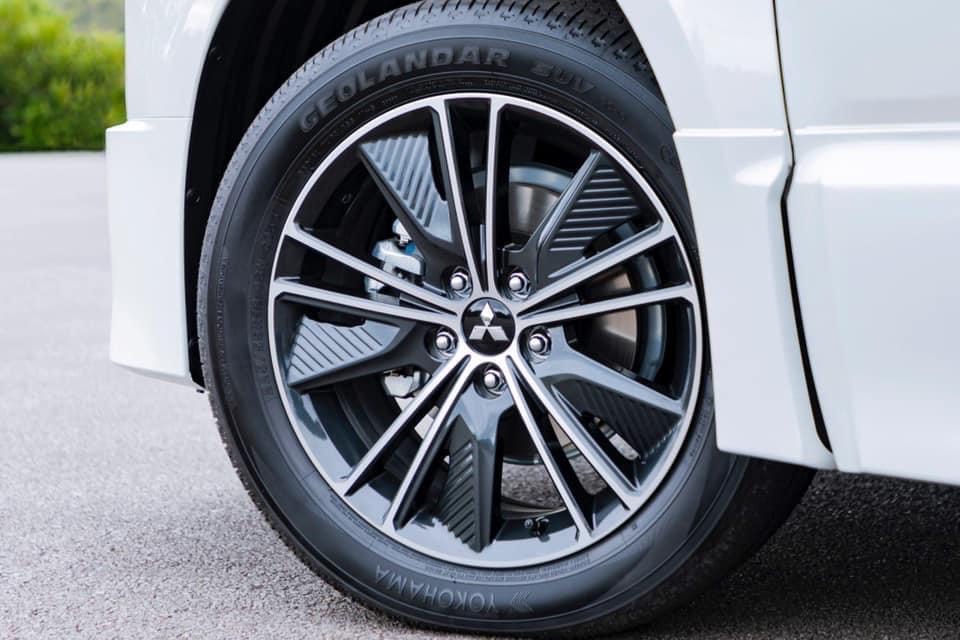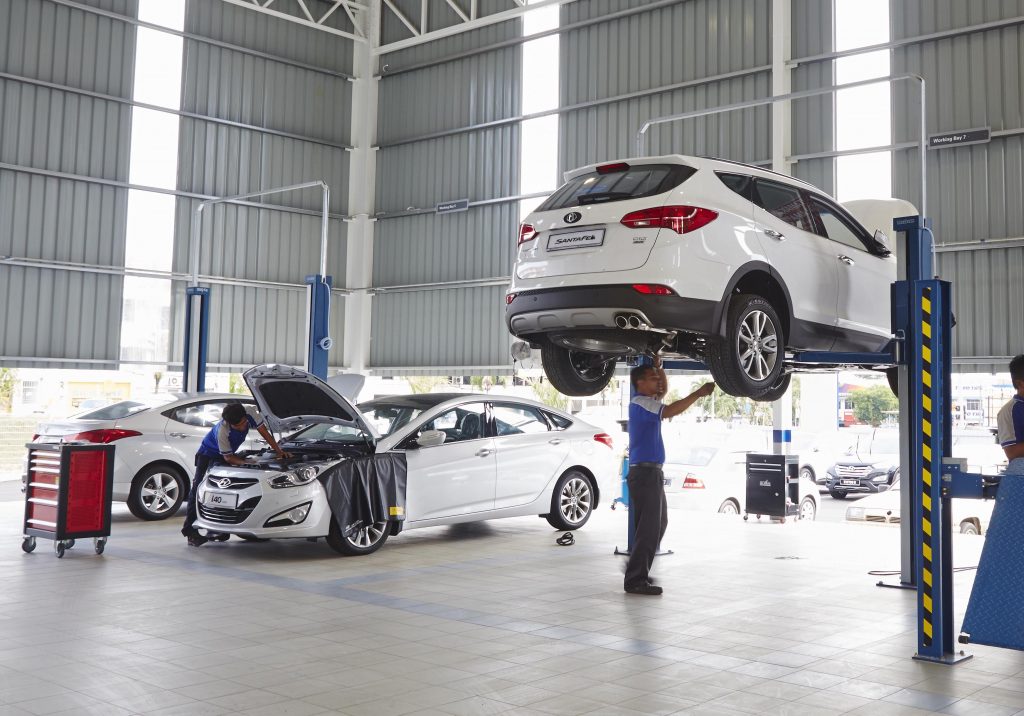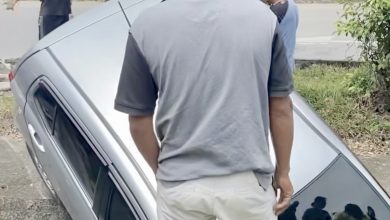Viva Turns Turtle In The Rain Due To Slick Rear Tyres

Slick tyres may be good on a dry race track, but not so good on wet public roads.
It is perhaps an unpleasant fact to think of, but there are currently many cars out there on Malaysian roads today that are rolling on old, worn out tyres. This is partly due to the reason that while most motorists understand the importance of regular services to the mechanical parts of their cars, a not insignificant portion however fail to observe proper tyre maintenance too.
Seeing as the tyres on a car are the only four contact patches between the tonne and a bit of moving metal and the ground though, having a properly maintained set of tyres in good working order is essential to actually getting to one’s destination safely, and not end up like this unfortunate Viva here that has ended up on its roof.

Occurring recently on a wet day somewhere in Sabah, the exact cause of the accident has yet to be officially reported. Nevertheless, it is clear to see that, whatever the initial impetus may have been, a large part of the driver ending up in this unfortunate state will most likely be down to the fact that the rear tyres of the Viva are essentially slicks, with no thread on them whatsoever.

Just to touch on briefly as to why slick/bald tyres (like the ones seen on the rear of this Viva) are dangerous (especially on a wet road like in the accident here) the grooves in the tyres are meant to channel water away from the tyre, such that the tyre maintains contact with the tarmac. Without those grooves present, it essentially means that the tyre will be only in contact with the layer of slippery water, causing the tyre to aquaplane and the driver to lose traction, and therefore control of the vehicle.

Now at this point, some might (wrongly) argue that the Viva is front wheel drive and as long as there are threads on the front wheels, its all good. However those who make this argument fail to see that the slick rear wheels are also in contact with the ground too. Meaning that the rear end of the car could break loose at any time, hence causing the driver to lose control of the car to end up in this scenario here.
So in order to prevent such an incident from happening to you, it is worth just spending a couple of seconds the next time you head out to check that the four round rubber donuts on each corner of your car are still in full working order. A simple guide to what to look out for can be found here.

On a national scale too, it is perhaps time that the government implement a mandatory roadworthiness inspections for all cars in Malaysia. While there are some arguments against this idea, there is too the argument that this could be the most effective way to ensure greater safety on Malaysian roads.
Also, it is worth pointing out that our Filipino neighbours are currently in the process of implementing such a scheme, with particular mention to limiting the age of tyres on vehicles to 5 years. So if even Philippines is mandating a roadworthiness inspection, perhaps it is high time that Malaysia consider following suit?





